"... having chosen by lot (...) these having unswervingly slaughtered all, ordinated the same rule of the lot for one another, that he on whom it felt slay first nine and then himself last of all"
Josephus Flavius, AD 37 -100
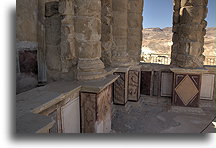
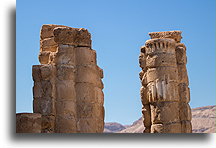
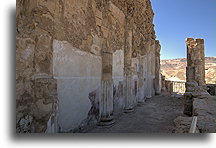
The ancient palace-fortress occupies the entire top of the mountain, which rises to a height of 432 m/ 1420 ft. above the nearby coast of the Dead Sea. After the fall of Jerusalem in AD 70, Masada was the Jews' last stand against the Romans. Facing the inevitable defeat, the rebels' leader convinced his people to mass suicide. Because Jewish religious law prohibits people from taking their own lives, they have decided to draw lots who will take lives of others. On pieces of broken pottery, they inscribed names. These were lots, women and children were also killed. The Roman siege of Masada ended with a massive suicide of Jewish rebels and their families. To this day, in the literature, this way of eliminating the participants of the game is known to as the Roman roulette or Josephus problem.
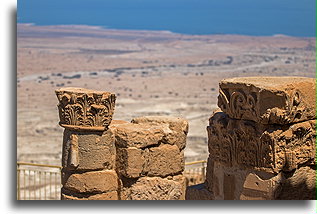
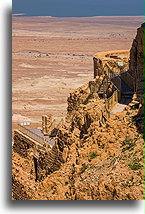
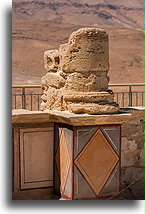
The fortress contained a palace. It was an architectural pearl, one of the most daring structures built by King Herod. The palace, on three terraces, contained sleeping quarters, a library, banquet halls, and balcony with a spectacular view of the Dead Sea. Just like in similar buildings in Greece or Rome, the palace contained frescos and mosaics.
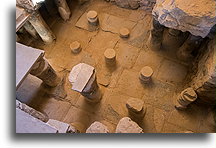
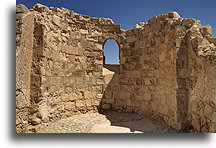
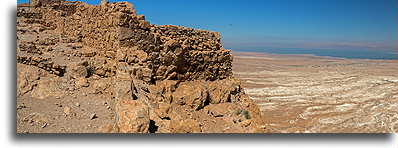
Christian monks lived in the ruins of Masada between the fifth and seventh centuries. The top of the mountain allowed them to be isolated from the rest world. Hermits lived there in small buildings, caves, and even in underground cisterns that had gone out of use. A mountain in the desert gave them peace and solitude life close to the God. A small Byzantine church was a place of monks' gathering and common prayers.




